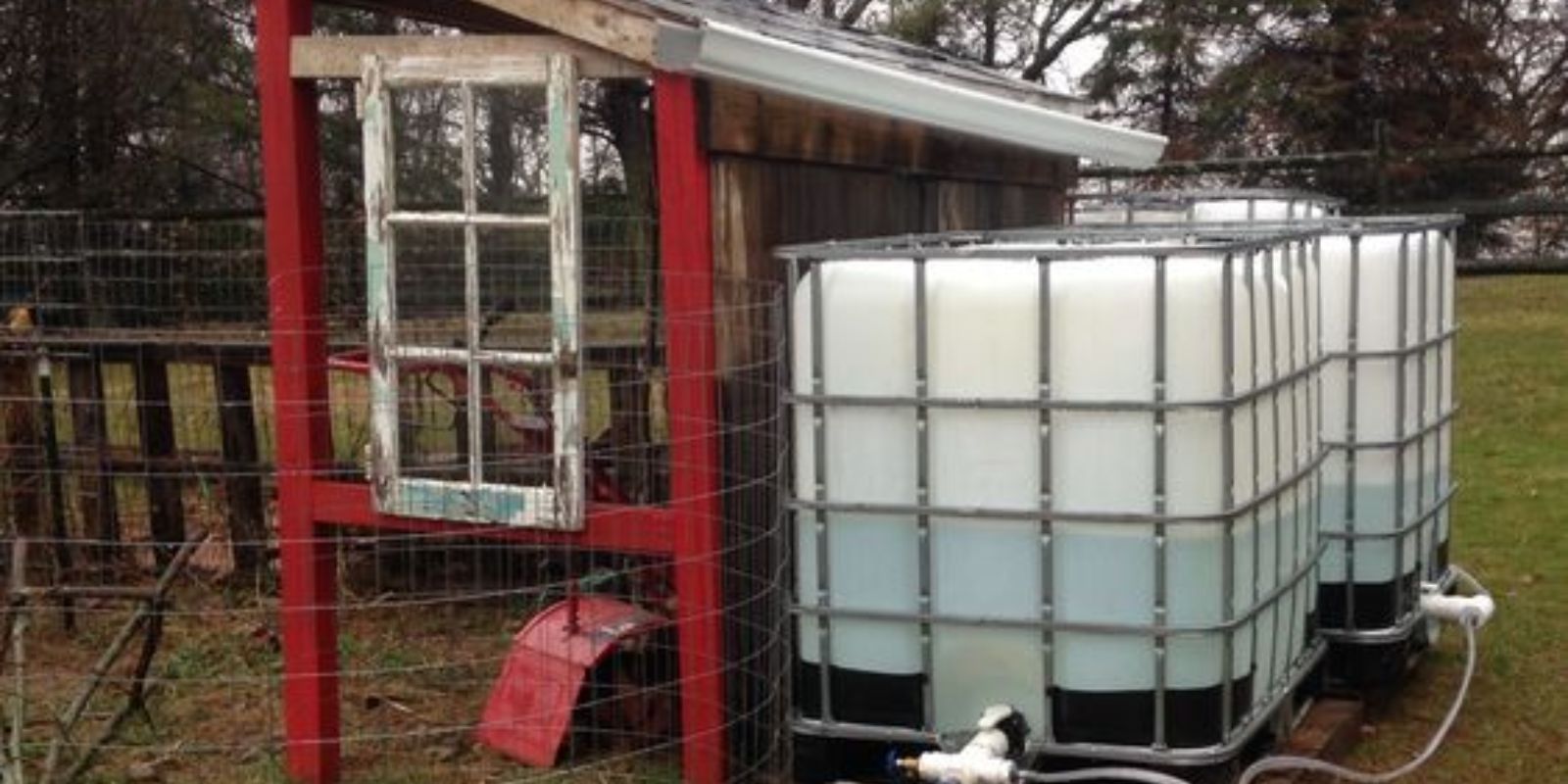Collecting rainwater is an eco-friendly practice that can significantly benefit your garden. It conserves resources, reduces water bills, and provides plants with naturally soft, chemical-free water. However, to ensure your rainwater collection system is effective and hygienic, it’s crucial to avoid common pitfalls. In this article, we’ll explore seven mistakes to avoid when collecting rainwater for your garden and how to optimize your setup for maximum efficiency and safety.
Introduction
Rainwater harvesting has become increasingly popular among gardeners and homeowners looking to promote sustainability and resource efficiency. By capturing and storing rainwater, you can provide your garden with a reliable and cost-effective water source. However, the success of this practice depends on how well you set up and maintain your rainwater collection system. Avoiding common mistakes can help you achieve clean, safe, and abundant water for your plants. Let’s dive into the key errors to watch out for and how to correct them.
1. Inadequate Filtration
Problem:
Without proper filtration, rainwater can collect debris, leaves, and contaminants from the roof and gutters, making it unsuitable for garden use.
Solution:
Install a high-quality filter at the rainwater collection point to remove large debris and prevent clogging. Use mesh screens or sediment filters designed specifically for rainwater systems. Regularly clean and replace filters as needed to maintain water quality.
Tip:
Consider installing a first-flush diverter that directs the initial runoff, which may contain the most contaminants, away from your storage tank.
2. Improper Storage
Problem:
Storing rainwater in open or poorly covered containers can lead to mosquito breeding, algae growth, and contamination from debris.
Solution:
Use covered tanks or barrels with secure lids to prevent pests and debris from entering. Ensure that the storage containers are opaque to inhibit algae growth and are made from durable, non-toxic materials. If you use barrels, make sure they are elevated to facilitate gravity-fed water distribution.
Tip:
Incorporate a screen or mesh over the inlet to keep out insects and large debris, and check for leaks or signs of contamination regularly.
3. Using Unsafe Materials
Problem:
Containers and pipes made from non-food-grade materials can leach harmful chemicals into the rainwater, compromising its safety for garden use.
Solution:
Choose containers that are made from food-grade, BPA-free plastic or other safe materials. Avoid using old barrels or containers that previously held chemicals or toxic substances. If using metal containers, ensure they are lined or coated to prevent rust and contamination.
Tip:
Label your rainwater collection system components to ensure they are only used for their intended purpose and are not repurposed from unsafe sources.
4. Neglecting Maintenance
Problem:
An unmaintained rainwater collection system can lead to blockages, contamination, and decreased efficiency over time.
Solution:
Regularly inspect and clean all components of your rainwater collection system, including gutters, downspouts, filters, and storage tanks. Remove debris and sediment, and check for any signs of wear or damage. Maintain a cleaning schedule to ensure optimal performance.
Tip:
Establish a maintenance log to keep track of inspections, cleanings, and any repairs or replacements needed.
5. Overlooking Overflow Systems
Problem:
Without an overflow system, excess rainwater can cause flooding around the storage area or damage the collection setup.
Solution:
Install an overflow outlet or pipe to redirect excess water away from your storage tank. Ensure the overflow system is properly connected to a drainage area or a secondary storage container. This will help manage high rainfall events and prevent system overflow.
Tip:
Position the overflow outlet at the same height as the top of the tank to prevent backflow and ensure efficient water management.
6. Ignoring Local Regulations
Problem:
Rainwater collection is regulated in some areas, and failing to comply with local laws can result in fines or legal issues.
Solution:
Research and understand the regulations governing rainwater harvesting in your area. This may include permits, installation requirements, and restrictions on usage. Ensure your system complies with all local guidelines to avoid any legal complications.
Tip:
Consult with local authorities or gardening organizations to stay informed about any changes in regulations or best practices.
7. Not Testing Water Quality
Problem:
Untested rainwater can harbor contaminants or pathogens that may be harmful to plants or soil.
Solution:
Periodically test the collected rainwater for contaminants, including bacteria, pH levels, and chemical residues. Use a water testing kit or send samples to a laboratory for comprehensive analysis. Address any issues by treating the water or adjusting your collection practices as needed.
Tip:
Test the water quality before using it on edible plants or vegetables to ensure it is safe for consumption.
Conclusion
Collecting rainwater is an excellent way to enhance your garden’s sustainability and reduce your environmental footprint. However, avoiding common mistakes is crucial for ensuring that your rainwater collection system is effective, safe, and beneficial for your plants. By addressing issues such as inadequate filtration, improper storage, and maintenance, you can optimize your system and enjoy the many advantages of rainwater harvesting.
Are you excited to improve your rainwater collection system? Share your experiences and tips in the comments below—let’s work together to create thriving, eco-friendly gardens! 💧🌿

